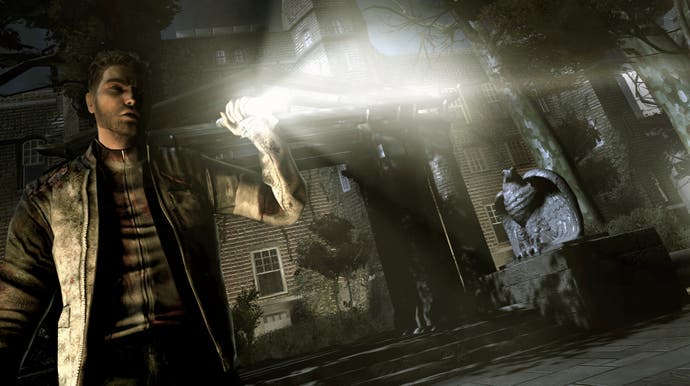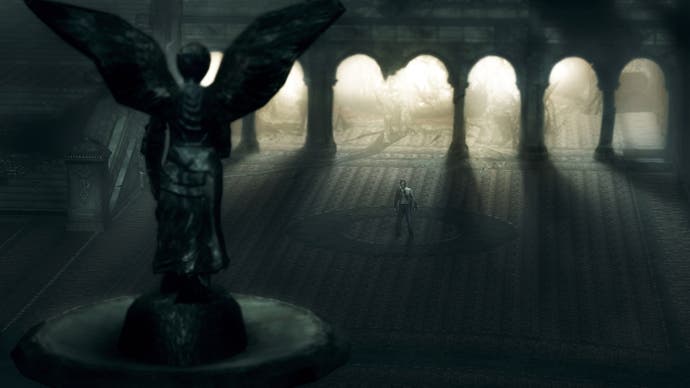Alone in the Dark
Eden's Nour Polloni on the delay, the format, the content and how it plays.
Puzzles play a role in the game, and there's lots of situations that require a bit of thought to get through, but not too much. The most interesting puzzles are ones that are based on the real world rules concept, so you'll have to use and combine different items in your inventory to create the things you need to get through a situation, sometimes also relying on different applications of the realistic fire propagation to give you a solution. Later in the game the conundrums are on a very grand scale with some really nail-biting scenarios that walk a fine line between edge-of-the-seat action and problem solving under pressure. But it's important to point out that puzzles are only one of the things that compose Alone, and they are part of the variety of different gameplay situations, balanced with the TV-series style narration structure to create a well paced experience.

The level of interaction in the game cannot be seen anywhere else and we've achieved what we set out to do, which is that everything you see in the game world can be handled and manipulated as in the real world, with behaviour to match. Recently someone told us that playing the game gave him a similar feeling to playing Half-Life 2 for the first time, something which made us really excited as that game was really the starting point for what we wanted to do with the physics, although we've taken it much further.
The way it happened was our lead designer Herve Sliwa visited New York a few years ago and took a fairly ill-advised stroll in Central Park one night which frankly scared the crap out of him. So when we were working on our initial ideas for the new Alone, Central Park was the place to set it. Once we started looking into the history of the park we found out all this crazy stuff about the place, some of which you can read about on the website, which convinced us we'd made the right decision using the park as the setting for the game. On top of that, the story is based on the universal theme of the afterlife and draws on lots of different philosophies and religions. This fits perfectly with Central Park, the beating heart of New York, a city which itself is probably the world's greatest melting pot of cultures and beliefs.

To say we're not using surprise would be wrong - there are moments that will make you jump when events take unexpected turns. However, more powerful for us is the idea of suggested fear, that's to say the idea of what's hiding in a dark corner or through a door rather than just being leapt on by a monster. There's a lot of doors in Alone, every single one of which can be opened, so that means a lot of things waiting behind them. Our aim is to build tension in the player through a variety of different situations. In some parts you'll be corridor-crawling in nervous anticipation of what's round the next corner, hoping your torch batteries don't run out and that you've got what you need in your jacket to deal with whatever comes at you. In other sequences you'll be desperately trying to hang on with a 200ft drop beneath you and debris raining down. Both are tense and frightening situations but achieved in very different ways.
